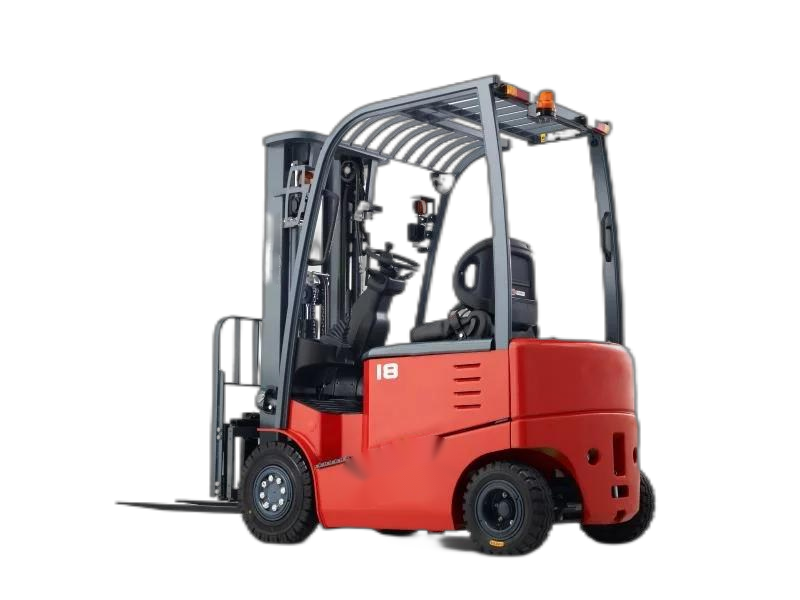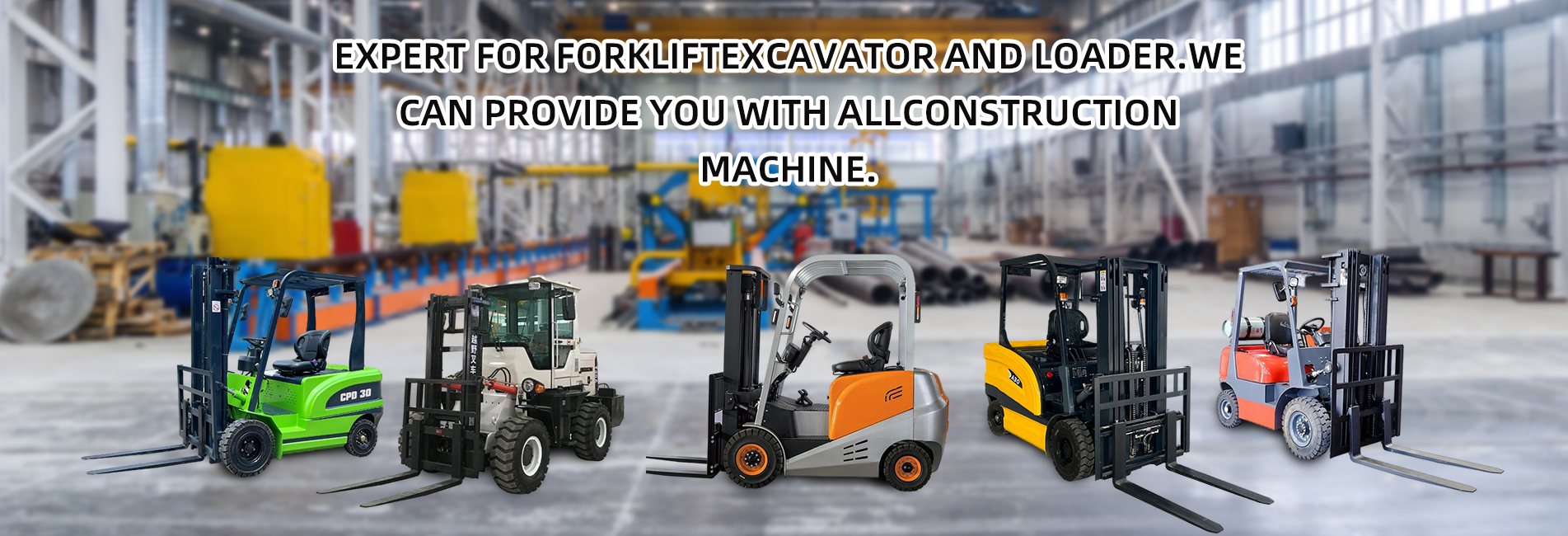The following is an introduction to electric forklifts used in logistics operations:

Types
- Electric counterbalanced forklifts: Powered by electric motors with batteries as the energy source, they generally have a load capacity of 1.0-3.5 tons, and the operating aisle width is usually 3.3-4.0 meters. The body design is relatively compact with a small turning radius, making them suitable for cargo handling and stacking operations in logistics warehouses, and they can operate flexibly in relatively narrow spaces.
- Electric reach trucks: With a load capacity ranging from 1.0-2.5 tons, their masts can be moved forward or retracted as a whole. When retracted, the operating aisle width is generally 2.7-3.0 meters, and the maximum lifting height can reach about 9.5 meters. They are mainly used for medium-height stacking and picking operations in warehouses, enabling efficient cargo storage and retrieval in limited spaces.
- Electric stackers: Also known as electric stacking trucks, they have a simple structure, flexible control, and good micro-mobility. They are suitable for operations in narrow aisles and limited spaces, and are ideal equipment for palletized loading and unloading in high-bay warehouses and workshops. They can be widely used in warehouses of industries such as petroleum, chemical, and pharmaceutical for loading, unloading, stacking, and handling operations.
- Electric pallet trucks: Suitable for heavy-load and long-time cargo transfer, they can greatly improve cargo handling efficiency. They generally adopt an ultra-thin body design, stepless speed change, an extremely small turning radius, a sturdy body, light and flexible movements, no noise, no pollution, long working time after one charge, and reliable performance. They are often used for flat handling operations in logistics warehouses.
Advantages
- Environmental protection and energy saving: Driven by electricity, compared with internal combustion forklifts, they reduce exhaust emissions and are environmentally friendly, especially suitable for indoor warehouses, workshops, and other places with high requirements for air quality. At the same time, they also reduce energy consumption.
- Low noise: They produce little noise during operation, do not cause noise pollution to the surrounding environment, help create a quiet working environment, improve the comfort and work efficiency of staff, and are also suitable for areas with strict noise restrictions, such as logistics warehouses near residential areas.
- Low maintenance cost: They do not have complex mechanical components such as engines and transmissions, and there is no need to replace oil, filters, etc., which reduces the frequency and cost of repairs and maintenance. The maintenance of components such as motors and batteries of electric forklifts is relatively simple, reducing the overall maintenance cost.
- Easy operation: They use electrical signals to control the hydraulic system and braking system, making the operation more precise and flexible. Drivers can easily control the driving speed, steering, and lifting of goods, improving the safety and accuracy of operation and reducing the labor intensity of operators.
- High energy efficiency: Electric forklifts have high energy conversion efficiency, which can effectively convert the electrical energy of the battery into mechanical energy to realize cargo handling and stacking operations. Compared with internal combustion forklifts, they consume less energy under the same workload, reducing operating costs.
Application Scenarios
- Warehousing and logistics: In warehouses, electric forklifts can be used in links such as cargo storage, storage, and delivery, realizing rapid cargo handling and stacking, and improving the space utilization rate of warehouses and the efficiency of cargo storage.
- Manufacturing industry: In factory workshops, electric forklifts can be used for handling raw materials, supplying materials to production lines, and transporting finished products, which can effectively connect various production links and improve production efficiency.
- Ports and terminals: Used for loading, unloading, transferring containers, and stacking goods, the environmental protection and efficiency of electric forklifts can meet the requirements of ports for the environment and operation efficiency.
- Retail supermarkets: Between supermarket warehouses and shelves, electric forklifts can be used for loading and unloading goods, facilitating the arrangement and replenishment of goods, and improving the efficiency of goods management.


